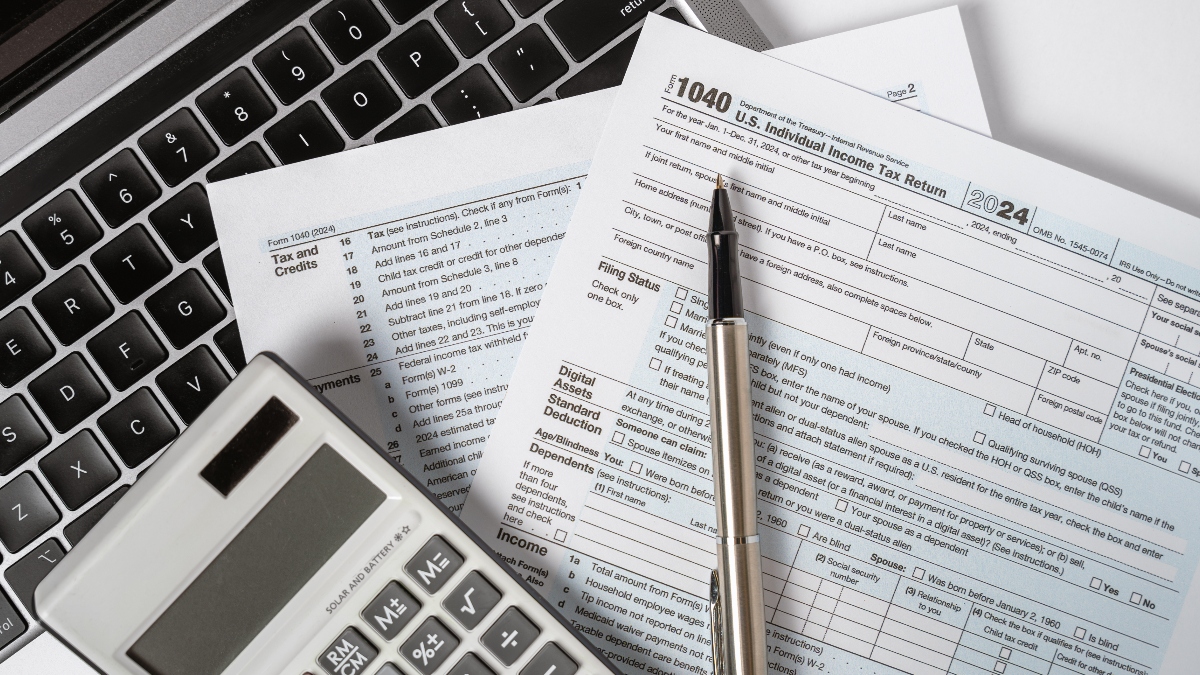For the millions of workers in the U.S. who heavily rely on tips as part of their jobs, taxes on that additional income add up. That could change, however, as the result of a new piece of legislation making its way through Congress. If the tax bill becomes a law, tipped workers could get quite the tax break when they file for taxes in future years. Keep reading to learn more about the No Tax on Tips Act gaining national attention, plus what eligible employees should do on their end if it passes.
What is the No Tax on Tips Act?
On May 20, the Senate quickly passed the No Tax on Tips Act, which is designed to ease tax burden on some workers in the U.S. As part of the legislation, employees who heavily rely on tips (such as waitstaff, delivery drivers and bartenders) would be eligible for a special deduction when filing taxes.
A deduction lowers your taxable income before calculating what tax you owe. This means that the amount of taxes you owe generally decreases.
The act states that eligible workers would be able to deduct up to $25,000 in cash tips that they report to their employer for withholding payroll taxes. To qualify, however, there is an income limit. The employee’s total earnings must be no higher than $160,000 for the prior tax year.
How to track tips for the tax deduction
Since the No Tax on Tips Act will be for those tips that are reported to employers, it’s important that eligible workers practice due diligence to ensure they comply with any reporting requirements.
The experts at DenhaLaw.com suggest carefully tracking your earnings and keeping sufficient records that can later help prove your eligibility for the deduction when filing federal income taxes. Similarly, it’s recommended to check with your employer to make sure you’re on the same page about reporting procedures. This ensures accurate payroll filings and avoids any unnecessary discrepancies.
An important note: The bill will only be applied to cash tips, which the IRS considers to be those paid with physical money, via credit card or through electronic payment methods.
You can make tracking your tips easier by using Form 4070A provided by the IRS. While not mandatory, it does make daily logging more convenient and organized.
If you aren’t sure how the act could potentially impact you, consider working with a tax professional. Besides helping you maintain compliance, they may also be able to guide you and offer suggestions to optimize deductions come filing time.
What could be different for tax filing if the No Tax on Tips Act passes

One perk of this Act is that you don’t have to itemize your deductions to take advantage of this one. However, you would still need to have accurate and thorough records of your tips to utilize it. The reporting requirements need to be met to get that $25,000 off your taxable income.
An additional tax form may also be required at filing time, according to AmundsenDavisLaw.com. Known as Form 4137 (Social Security and Medicare Tax on Unpaid Income), this form currently must be filed when a person receives $20 or more in cash tips in a calendar month that weren’t all reported to an employer. You’re then expected to pay the appropriate Social Security and Medicare taxes on these earnings.
That likely wouldn’t change much under the new legislation. Even with the potential deduction, employees would still be paying these two taxes as there’s no payroll tax break involved.
What’s next for the No Tax on Tips Act
Now that the bill has unanimously passed in the Senate, it’s moved on to the House of Representatives. If it passes there, President Donald Trump will have to sign it into law.
The tax break, however, would not go into effect right away. The change would apply to taxable years after December 31, 2024, which means the 2025 tax year as a start. Eligible workers could then claim the deduction when filing their taxes in 2026 for the income earned in 2025.






